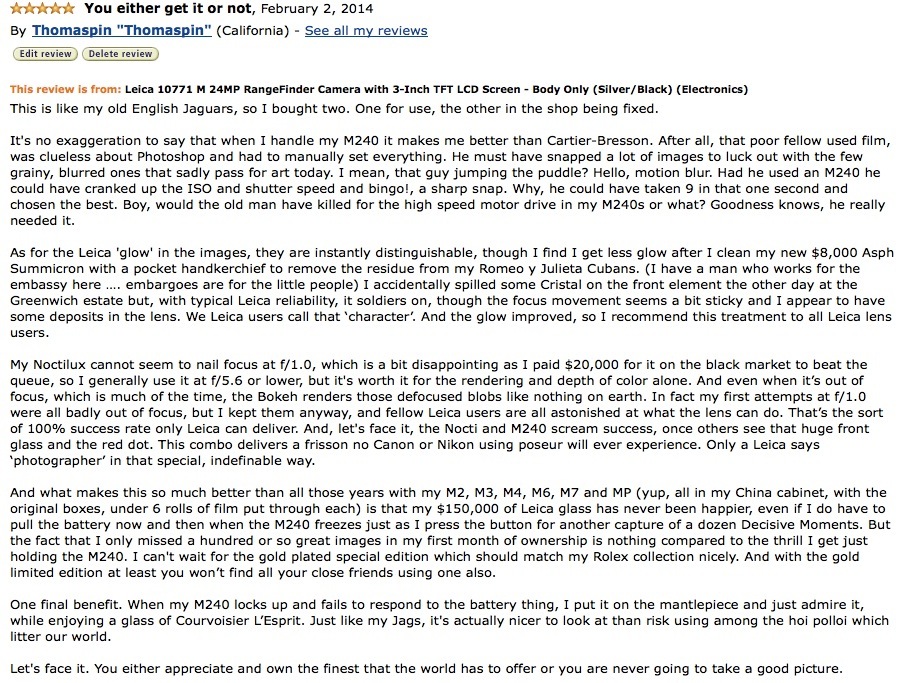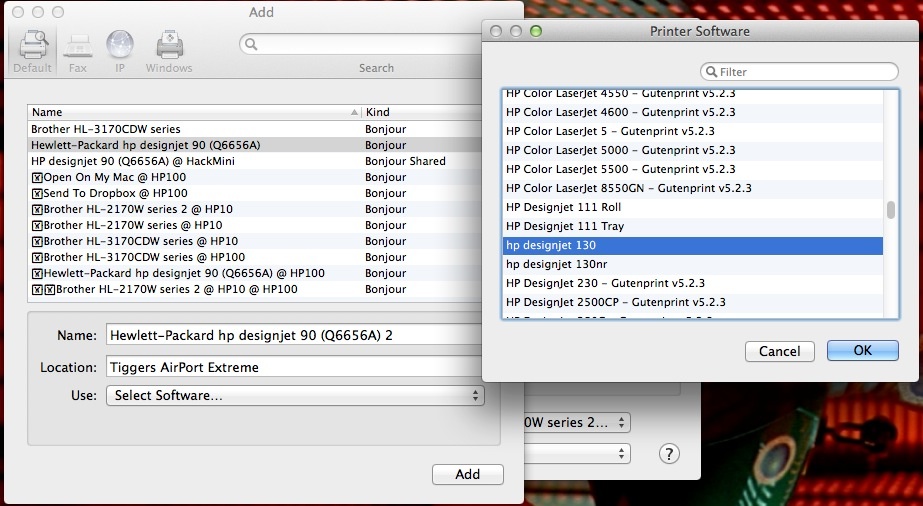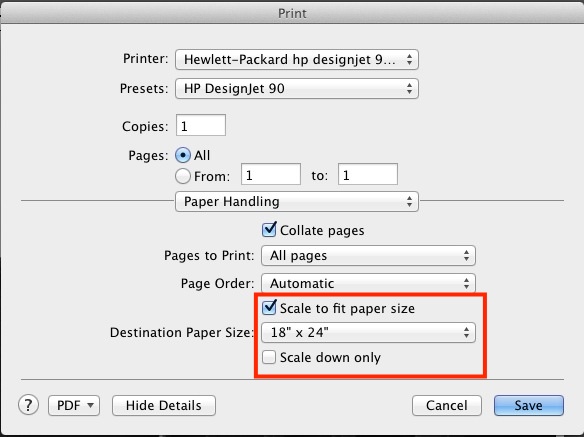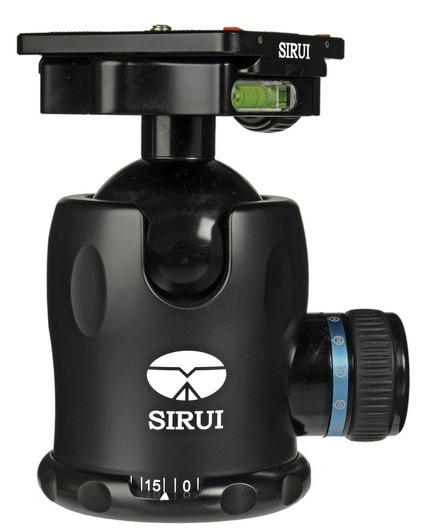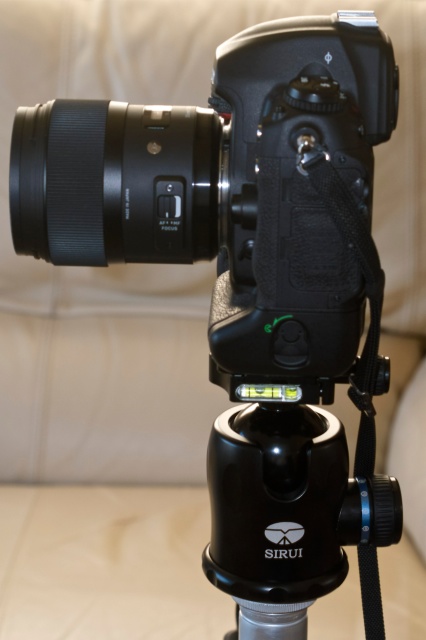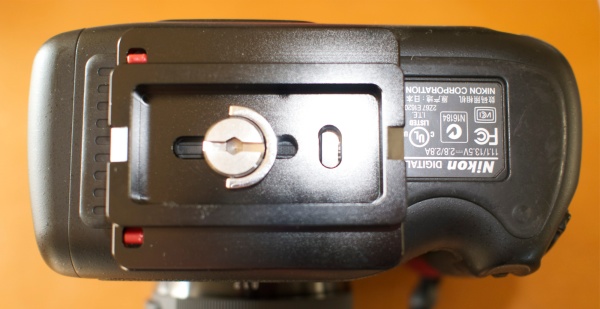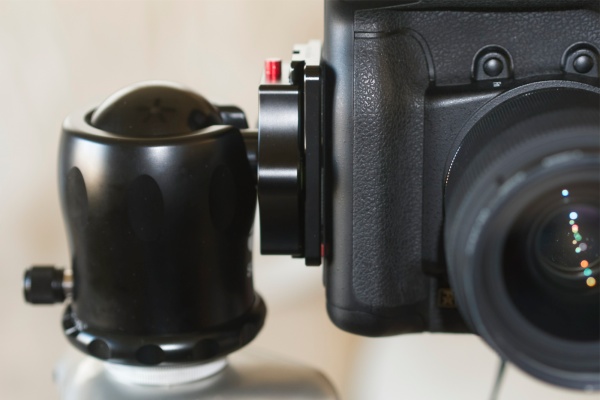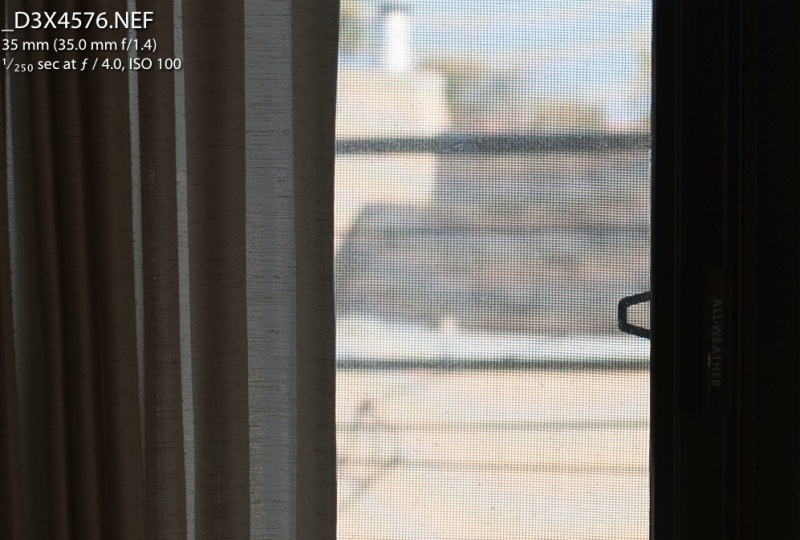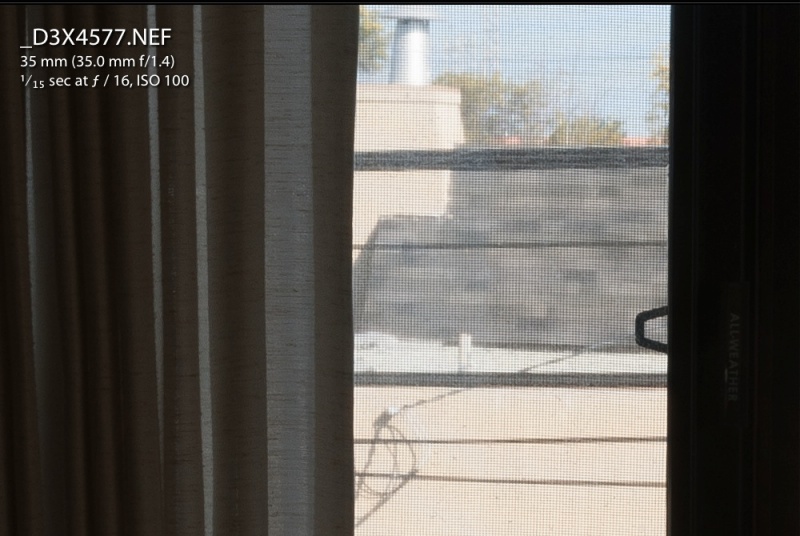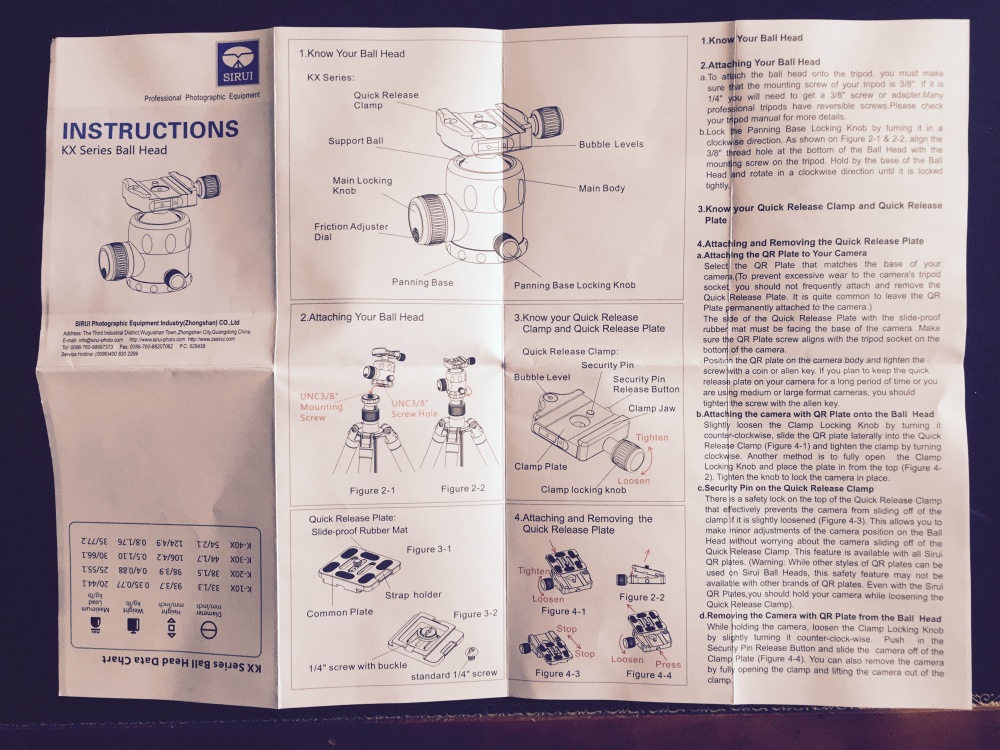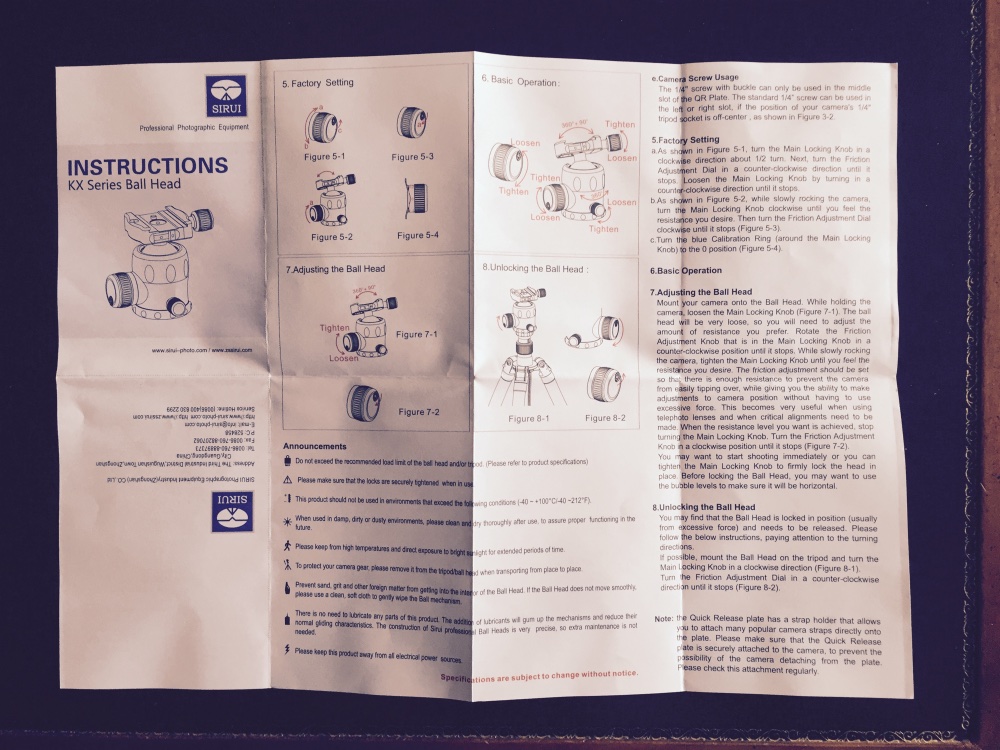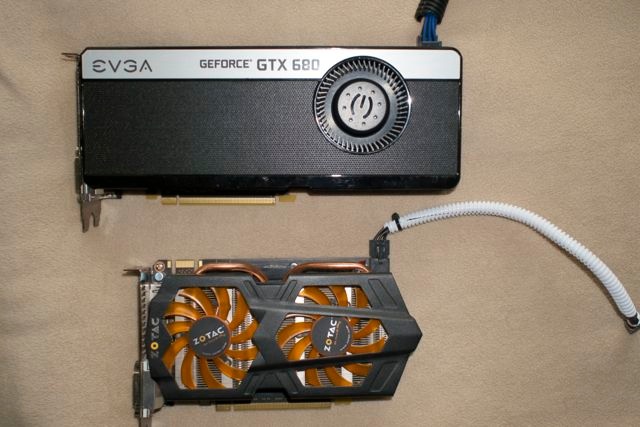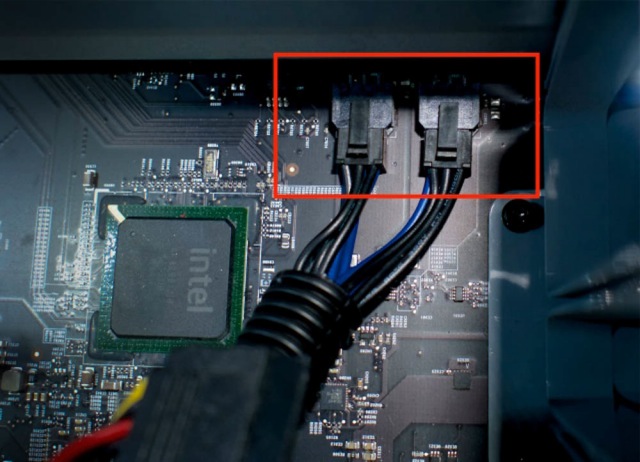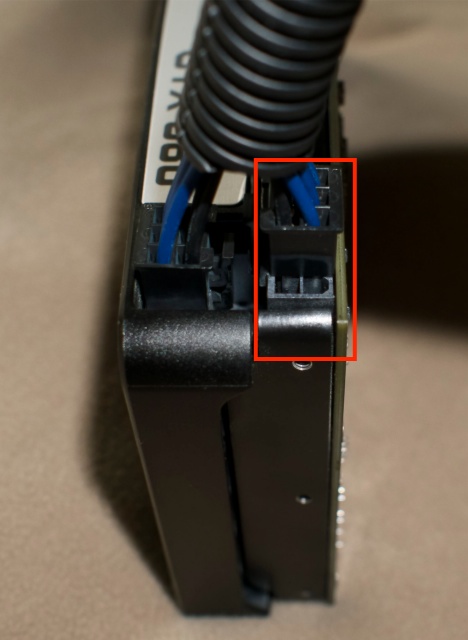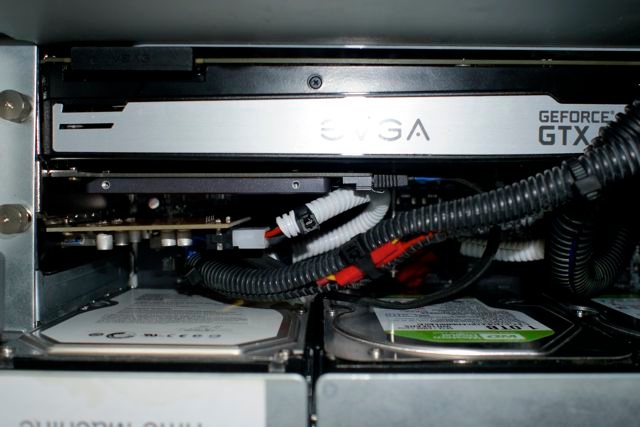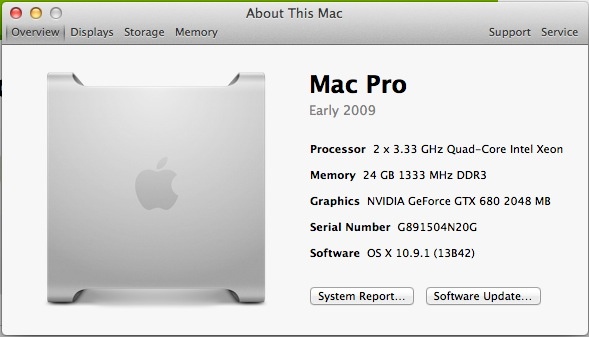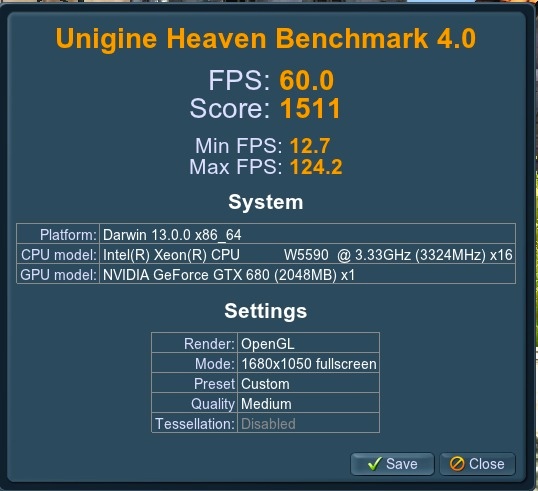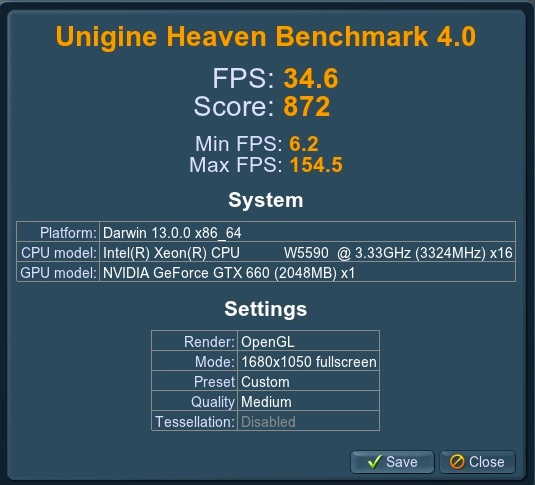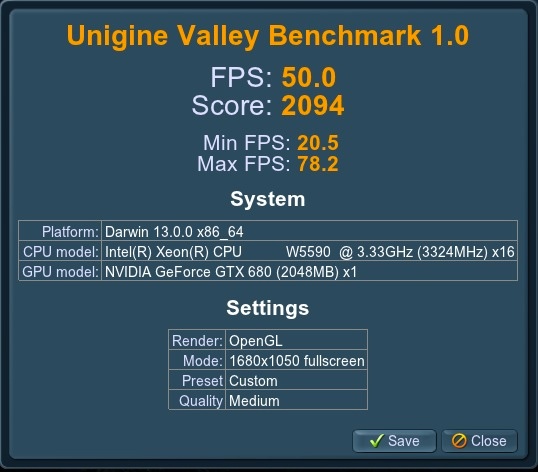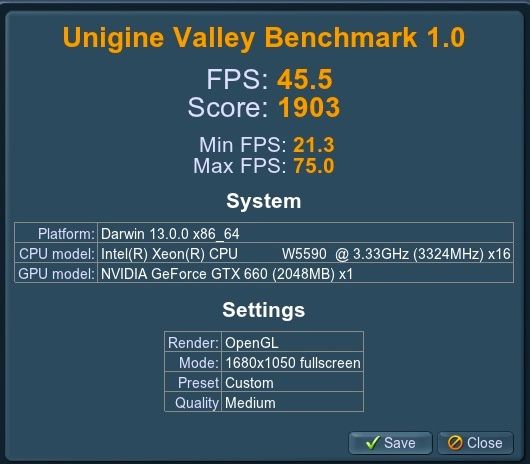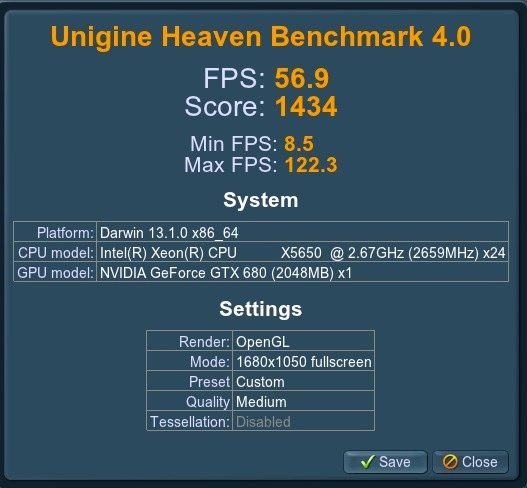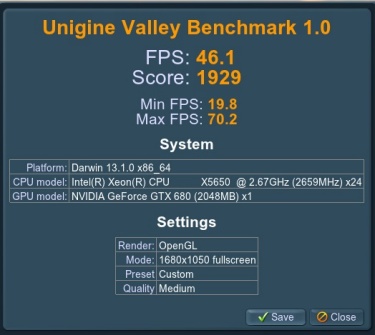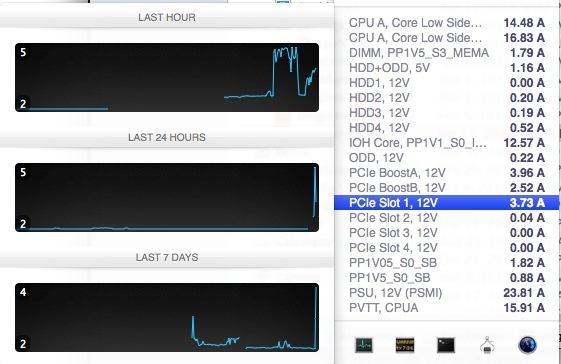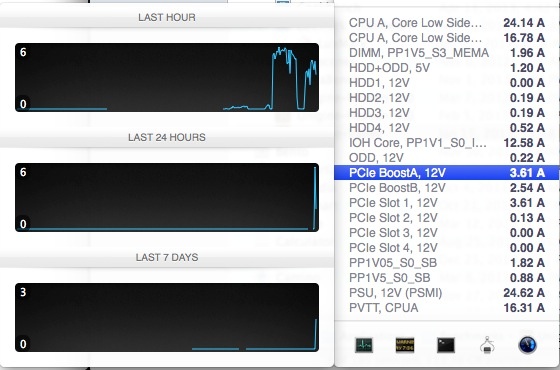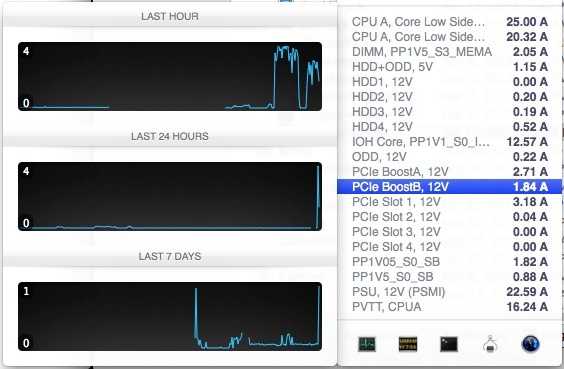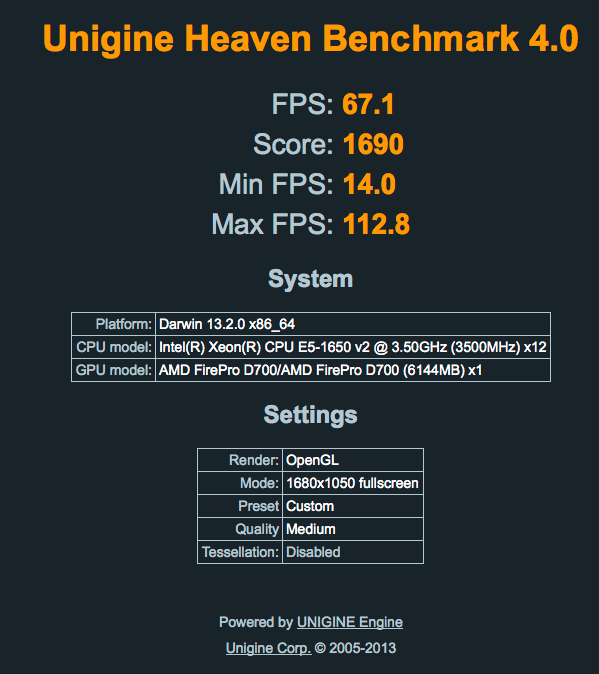‘Good enough’ is better than good enough.
A clear thinking friend of mine has a simple philosophy when it comes to consumer durable purchases, and he calls it the ‘good enough’ concept. If it’s good enough, forget spending the extra for the top of the line model, the one with the bells and whistles. The marginal return is …. marginal, the incremental cost ruinous and the depreciation far higher. (This reminds me of Lord Chesterfield on the subject of sex: “The pleasure momentary, one’s position ridiculous and the cost? Damnable.”)
And I’m here to declare that Micro Four-Thirds is more than ‘good enough’. My standard for comparison? The full frame sensor in my Nikon D3x, the MFT one being that in my Panny GX7. For all of you who prefer wasting your money see my my product review of the Leica M240. Be assured that I not only do not own two of these, I don’t even own one. Nor will that change.
Some recent sensor history. Panny started with a 12mp design in the ground breaking G1, upping it later to 16mp which my G3 enjoyed. The practical change was that whereas 13″ x 19″ nosey prints were easy with the G1, the easy size grew to 18″ x 24″ with the G3 and later bodies. Nosey? It’s when your viewer sticks his schnozzer in the print and you have to get the cotton balls out to clean the surface. In the GX7 they tweaked the software a bit and got the marketing boys to do some writing, but to all intents it’s much the same as the one in the G3 and others, which is to say very good indeed.
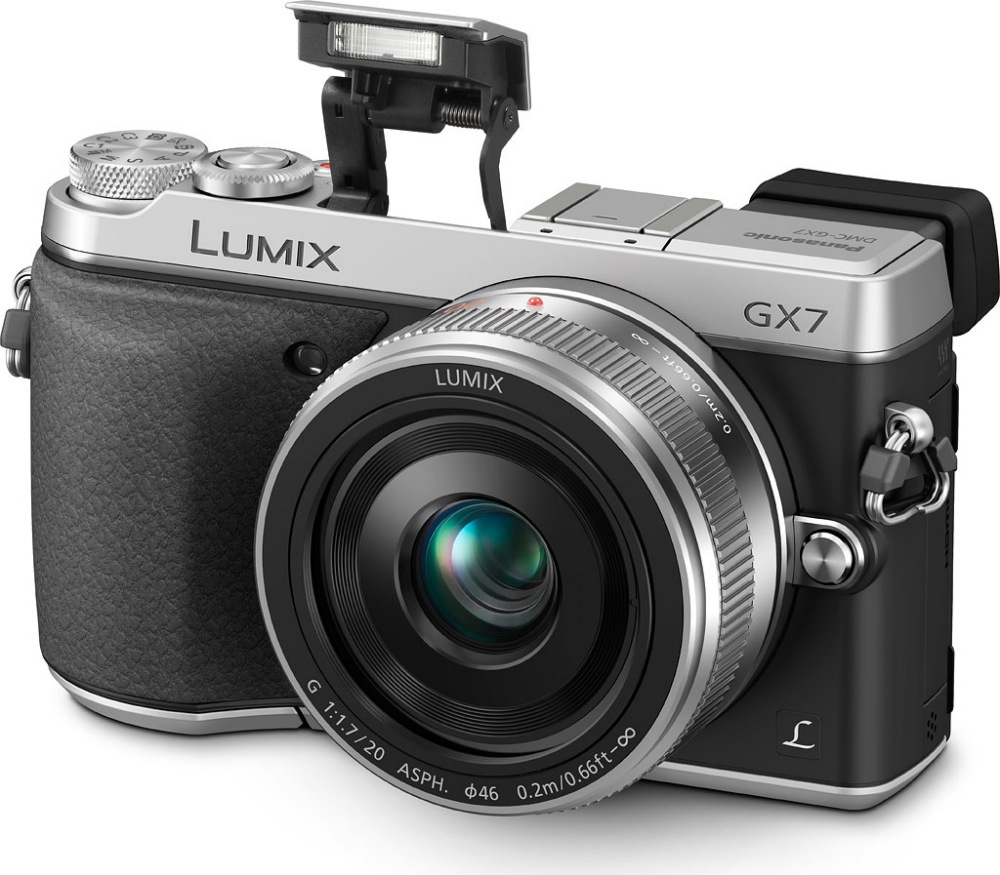
The fabulous Panasonic GX7 – the best street snapper ever made.
Nikon delegates sensor manufacture to Sony, claiming credit for the design (eh?) and perhaps the best full frame sensor they made for the money was the one in the D3/D700. The D3x doubled the pixels to 24mp, trading the increased resolution for more noise at higher ISOs, especially noticeable in the dark bits of the image. The D4’s sensor improved a bit more on the low pixel count one in the superb D700 and the one in the D800 blew everyone out of the water where they remain to this day. But that’s pixel peeper stuff. In the real world of large prints, it’s irrelevant.
Why do I say this? Because I constantly print my images for display in the moveable feast which is the wall displays at the old manse. Coming on a round of spring changes, I have had ample opportunity to tweak and print images at 13″ x 19″ and, better, at 18″ x 24″ from both the D3x full frame body and the GX7 MFT one. In both cases I am using my favored focal length of 35mm FFE. The exceptional Sigma 35mm f/1.4 behemoth on the no less porky D3x, and the magnificent Olympus Zuiko 17mm f/1.8 on the GX7, with AF speed which leaves FF lenses in the dust. I suppose the weight and bulk ratio is some 3:1, yet I enjoy both.
Were cameras dogs (Leica’s M would instantly qualify for inclusion in the latter species, a frou frou toy breed, fragility redefined, constantly in need of attention), then the big pro-body Nikon would be a Golden Retriever. Immensely dependable, lumbering and stolid, it will never let you down, can take a battering from the kids and still emerge with an all-weather smile on its face. And it keeps going longer than you can. The GX7 could scarcely be more different. It’s the terrier of the camera world. Small, fast, high-strung, sharp as a tack, it demands a little more care and attention in the relationship but rewards out of all proportion to its diminutive size. And it burns out (its battery) pretty fast.
Those printed images? I rattled off a handful of 18″ x 24″ on the ever dependable HP DesignJet 90 dye printer the other day and, blow me down, I simply could not tell which were taken on the Nikon compared with the Panny. We are talking nosey examination of micro detail here. Which is another way of saying that the Panny is ‘good enough’, for the Nikon is way better than almost anyone needs. And my rule of thumb has long been if it can print at 18″ x 24″ it can print at any size you want, as the viewer is forced further back as size increases, mitigating resolution loss.
Ah! you say. But no way the MFT system can match the big, fast zooms available to Nikon and Canon snappers, the classic 24-70mm and 70-200 f/2.8 fixed maximum aperture zooms and the like. Think again. Have you seen what Panny and Olympus has been up to recently? How about Panny’s 12-35mm f/2.8 zoom?
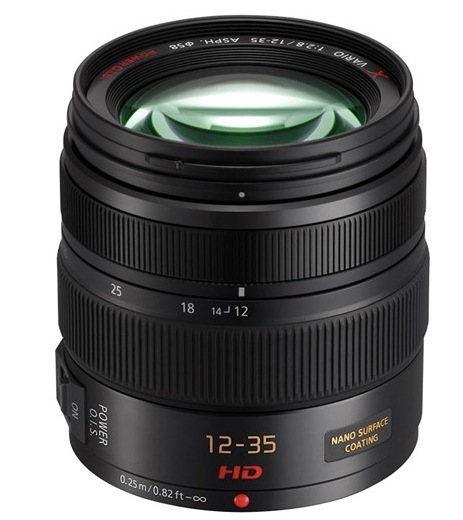
Panasonic 12-35mm f/2.8.
Or their 35-100 f/2.8?
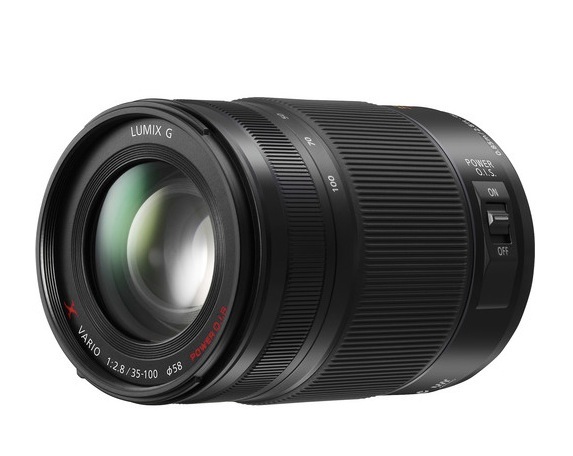
Panasonic 35-100mm f/2.8.
Olympus has hardly been asleep, either. In addition to their wonderful 17mm and 45mm f/1.8 Zuikos which I use, there are such exciting conceptions like these:
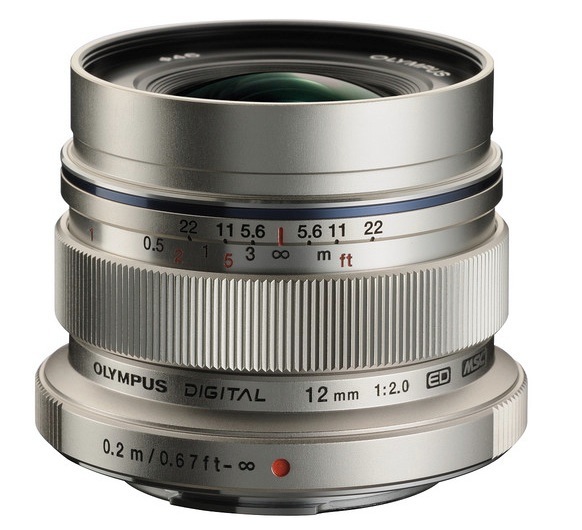
The Zuiko 12mm f/2.
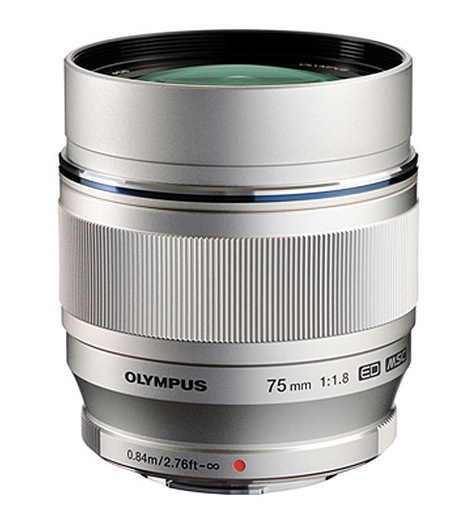
The Zuiko 75mm f/1.8.
And don’t even think of asking about size, weight and price, because that’s a losing proposition for the Big Boys.
Finally, modern MFT ‘pro’ bodies like the Olympus EM1 can offer all the framing rates and weather resistance you need, once again at a fraction of the price. And so can the tiny GX7 though no one will take you seriously. Which is possibly the best feature of all.
Do yourself a favor. Put the fun back in your snapping and pick up something which says Panasonic or Olympus on the body and whose lens detaches.
